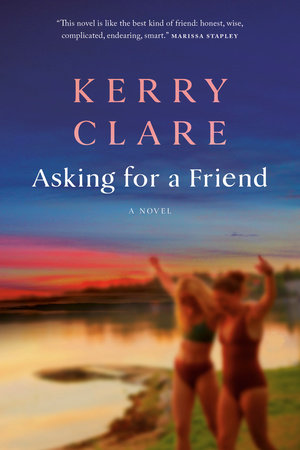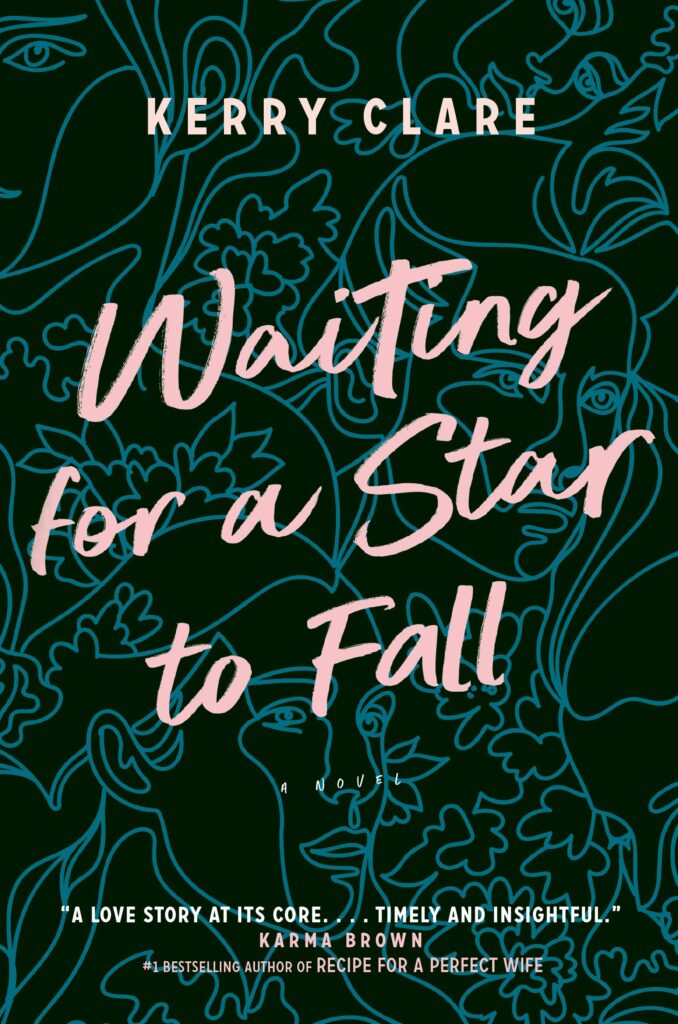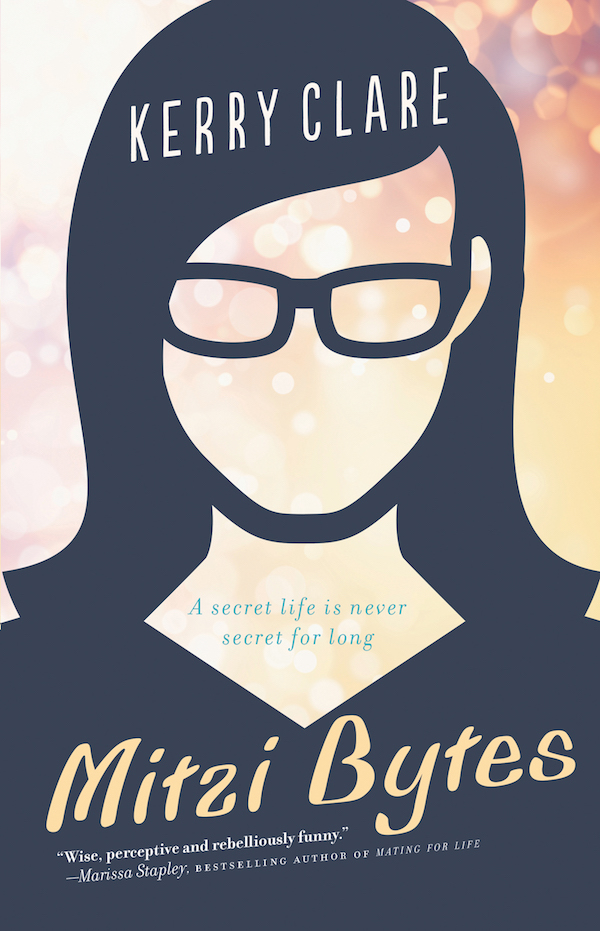April 21, 2010
Brown Dwarf by K.D. Miller
 K.D. Miller’s novel Brown Dwarf is a delicious secret. A slim volume, gorgeous to behold (and to hold! that cover. those thick pages. such an elegant typeface, perfect leading), it knows far more than it is telling. Rae Brand, a successful mystery novelist, turns to her own personal narrative in order to confront a pivotal event from her childhood. Though she’d been Brenda Bray then, lumpen outcast, daughter of a depressive, the character Rae Brand has been escaping ever since.
K.D. Miller’s novel Brown Dwarf is a delicious secret. A slim volume, gorgeous to behold (and to hold! that cover. those thick pages. such an elegant typeface, perfect leading), it knows far more than it is telling. Rae Brand, a successful mystery novelist, turns to her own personal narrative in order to confront a pivotal event from her childhood. Though she’d been Brenda Bray then, lumpen outcast, daughter of a depressive, the character Rae Brand has been escaping ever since.
The novel alternates between Brenda’s story in third person, and Rae’s voice, addressing her childhood friend Jori. Though their relationship had not been a friendship exactly, the power dynamic far too unequal. Jori had been an outcast as much as Brenda, though for different reasons, and had seized onto the other girl, dominating her. Brenda had followed along with Jori’s scheme to catch an escaped serial killer hiding in the wilderness of the Niagara Escarpment, th0ugh what had gone on between the girls exactly is never entirely clear. Something sexual, other things even more complicated than that, and one day after Brenda leaves her in the woods, Jori is never seen again.
A brown dwarf, writes Rae Brand, is a character in crime fiction, the villain. Ugly, understated, far from the prime suspect because just too dull to be noticed, but this stigma is the brown dwarf’s ulterior motive. Particularly dangerous, because this character blends so well into the background, and Brenda Bray is such a character. Miller provides a particularly strong perspective of her personality but using the present-tense, second-person address, and showing us young Brenda in third person (this even more interesting when we understand that this is also filtered through Brenda/Rae’s point of view). The gap between these two presentations wide enough that Rae/Brenda still remains somewhat elusive, which is probably as intended.
Are we to trust Rae’s rendition of events? So much is going on between the lines here (and hence that leading, amazing!). Even the book’s main weakness could be deliberate– I didn’t find Jori altogether convincing as a character. She wasn’t meant to be authentic either, more of an Eddie Haskell type (and is there a more modern reference point than Eddie. Anyone?)– but Jori read like a substandard version of Cordelia from Atwood’s Cat’s Eye. But then mightn’t Brenda want us to see her that way? To block any light that Jori might have shone?
Brenda’s character turns out to be the real driver of the narrative, in a way that’s so subtle we don’t even notice until the climax. But is Rae Brand a better writer than we realize? Has she pulled the wool over our eyes altogether? Such gaps and ambiguity make Miller’s novel an engaging and absorbing read.





